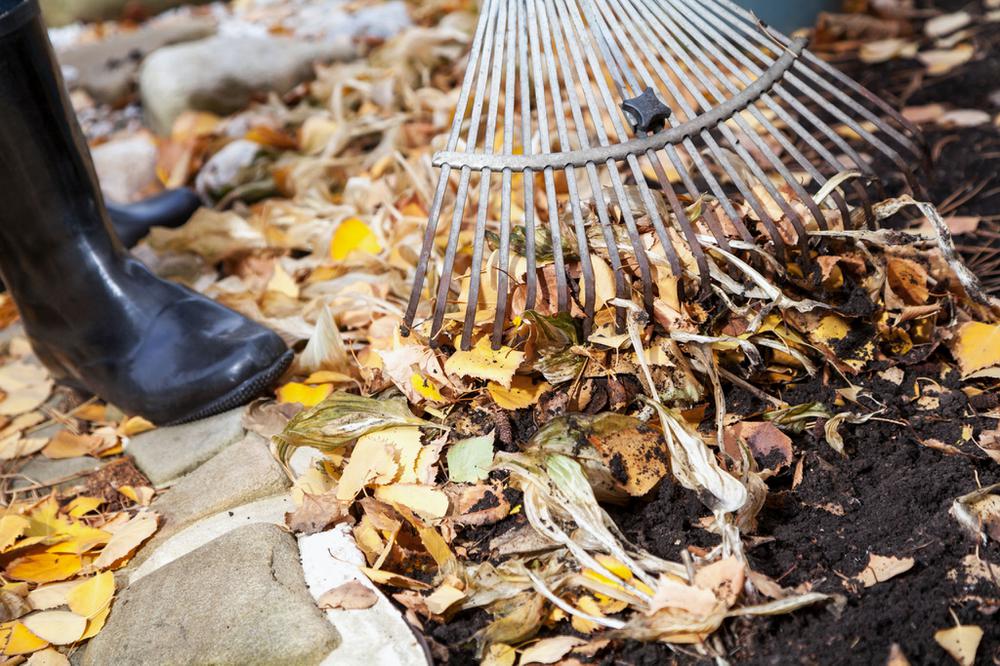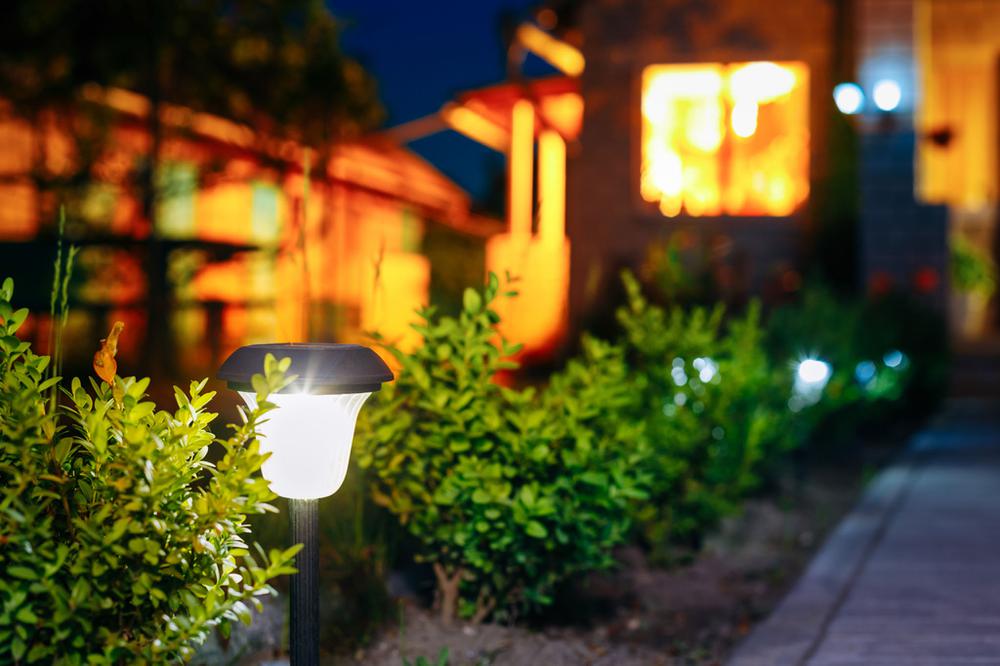Spring is finally here! With warmer weather comes the opportunity to get outside and start tackling all those home and yard maintenance tasks that have been piling up over the winter months. Whether you're a seasoned homeowner or a first-time renter, there are plenty of simple things you can do to keep your property looking its best. Here are some home yard maintenance tips for spring that will help you get started.
1. Clean up debris

The first step in preparing your yard for spring is to remove any debris that has accumulated over the winter months. This includes fallen leaves, branches, and any other debris that may have blown in during storms. Cleaning up debris not only makes your yard look neater, but it also helps prevent pests and diseases from taking hold.
2. Prune shrubs and trees
Spring is the perfect time to prune shrubs and trees in your yard. This not only helps to shape them and keep them looking tidy, but it also promotes healthy growth. Be sure to remove any dead or diseased branches, and cut back any branches that are blocking sunlight from reaching other parts of the plant.
3. Test your soil
If you're planning on planting anything new in your yard this spring, it's important to test your soil first. This will give you a good idea of what nutrients your soil needs and what types of plants will thrive in your yard. Soil test kits are available at most home improvement stores, or you can send a soil sample to a lab for testing.
4. Fertilize your lawn

Spring is the perfect time to fertilize your lawn. Fertilizing in the spring helps promote healthy growth and can help your lawn recover from the stresses of winter. Be sure to choose a fertilizer that is appropriate for your type of grass, and follow the instructions carefully.
5. Aerate your lawn
If your lawn is looking a little worse for wear, it may be time to aerate it. Aeration involves punching small holes in the soil to allow water, air, and nutrients to penetrate more deeply. This can help improve the health of your lawn and make it look fuller and greener.
6. Mulch your garden beds
Adding mulch to your garden beds is a great way to help retain moisture and prevent weeds from taking hold. Mulch also helps regulate soil temperature, which can be especially beneficial during the hot summer months. Be sure to choose a mulch that is appropriate for your plants, and spread it evenly around the base of each plant.
7. Clean gutters
Cleaning your gutters may not be the most glamorous task, but it's an important one. Gutters that are clogged with debris can cause water to back up and overflow, which can lead to water damage to your home's foundation. Be sure to remove any leaves, twigs, or other debris from your gutters and downspouts.
8. Check outdoor lighting

Spring is a great time to check your outdoor lighting and make any necessary repairs or replacements. This includes checking bulbs, fixtures, and wiring. Not only does proper outdoor lighting improve the safety and security of your home, but it also adds curb appeal.
9. Check irrigation system
If you have an irrigation system in your yard, it's important to check it in the spring to make sure it's working properly. This includes checking for leaks, adjusting sprinkler heads, and programming the timer. Proper irrigation is essential for keeping your lawn and garden healthy and thriving.
10. Prepare for pests
Spring is prime time for pests like mosquitoes, ticks, and ants. Take steps to prevent these pests from taking hold in your yard by removing standing water, sealing cracks and gaps around your home, and using insecticides or natural pest repellents.
Please visit our product catalog for the most updated design selection availability or ask one of our design consultants. Visit our
design studio page and
product catalogs for more. Browse more of our
blog,
Instagram,
Facebook, or
Pinterest for additional design tips, home information, and inspiration. Interested in designing your dream home with us? Give us a call at (435) 228-4702.






